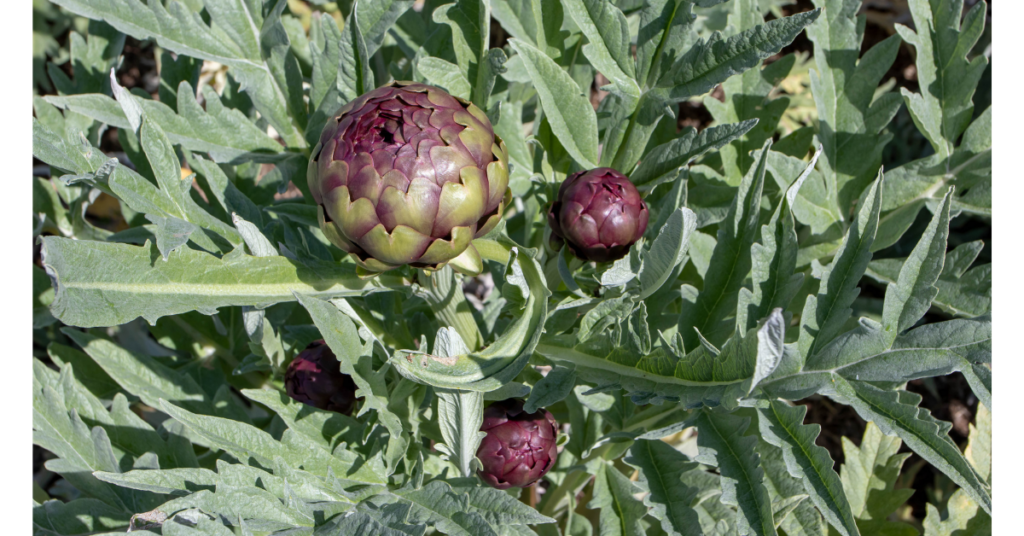Artichoke (Cynara cardunculus var. scolymus)
The artichoke was a favoured food of the Royals in the sixteenth century and is one of the oldest medical plants around. It makes many an appearance in Egyptian illustrations of sacrifice and fertility.
If you look at the leaves of this plant they are tooth like, which is where artichoke gets its name from. Cynara comes from the Latin canina or canine.
Other name: Globe artichoke.
Description and the places it grows in
A perennial plant that looks a little like a thistle with purple flowers that come out in mid to late summer. It is native to North Africa, and it is grown in other subtropical and temperate zones in the world, Southern Europe, and the Canary Islands.
Parts used
The leaves of the plant are used in the main, and the artichoke itself is a food.
Uses
Cholagogue, diuretic.
Its main use is in the treatment of the liver, causing the liver cells to regenerate. It has a toning effect and is helpful in cases where the liver has been damaged by poisons. It can be taken to protect the liver as it is effective against carbon tetrachloride induced toxicity. Artichoke is often used in cases of jaundice.
Other uses: Stimulates digestion.
Active ingredients
Cynarine, which is a bitter substitute, polyphonic, acidic substances, flavonoids, tannins, many enzymes and catalases, peroxydases, cynarase, oxydases, and ascorbinase.
Contraindications
Those allergic to artichoke or the daisy (Compositae) family, and those with gallstones, or other obstructions to the bile duct.

